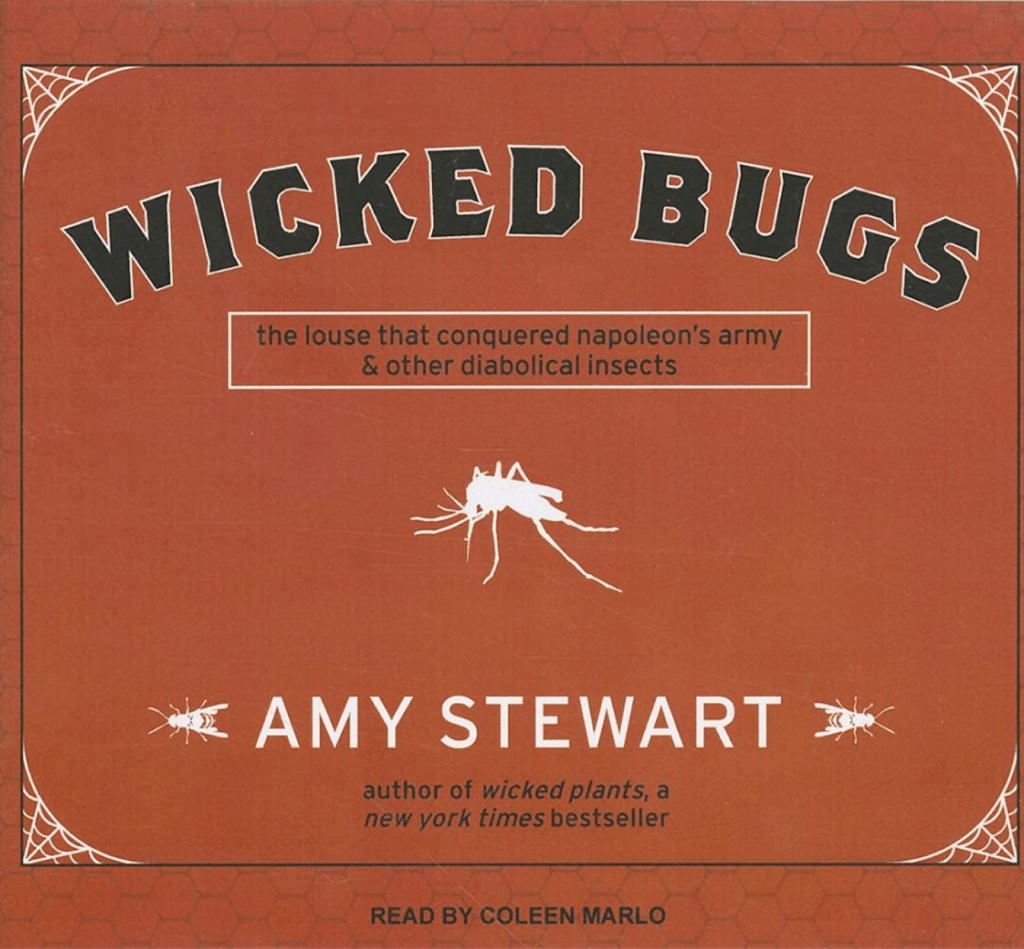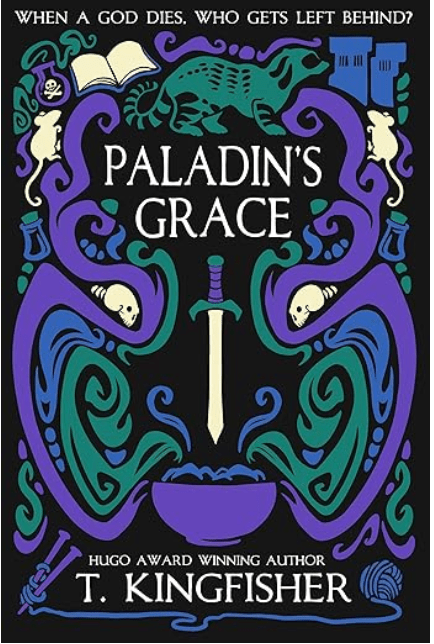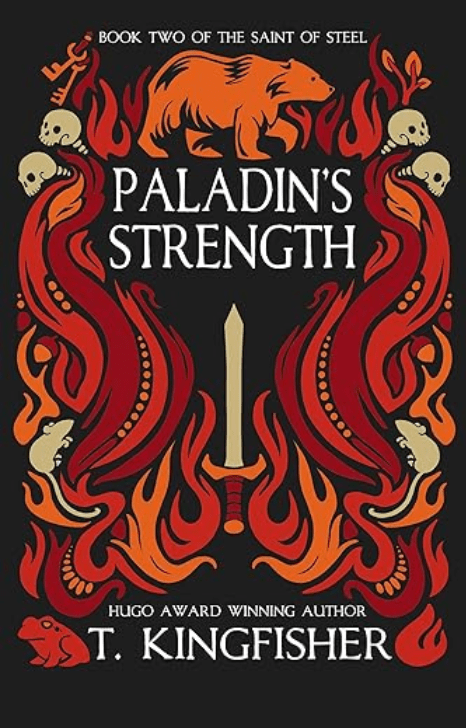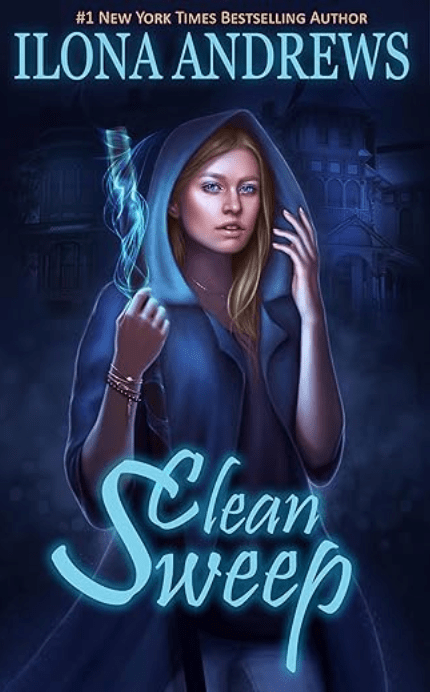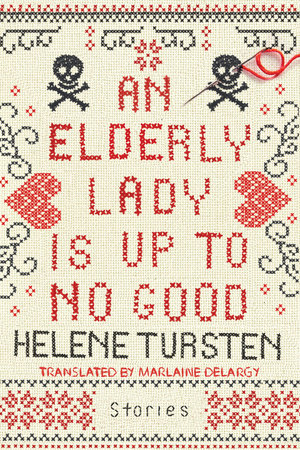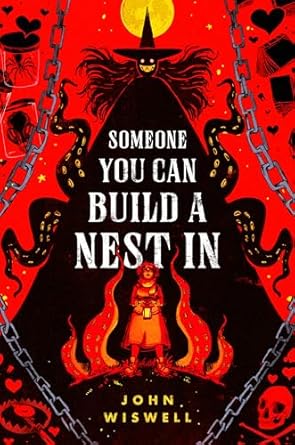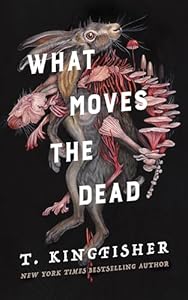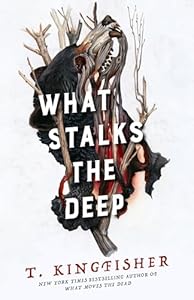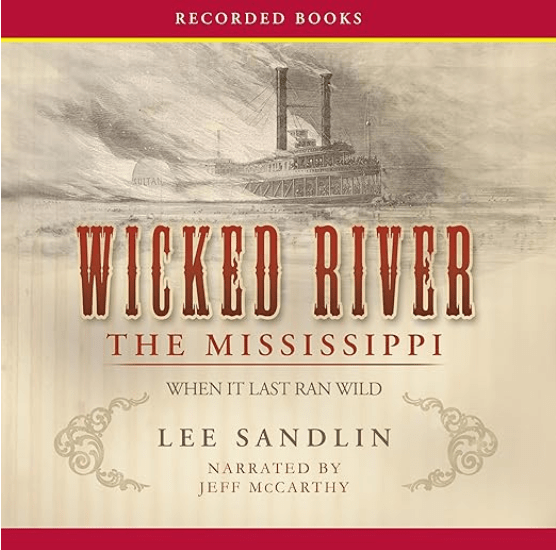Wicked Plants: The Weed That Killed Lincoln’s Mother and Other Botanical Atrocities
by Amy Stewart
read by Coleen Marlo
2009
Wicked Bugs: The Louse That Conquered Napoleon’s Army & Other Diabolical Insects
by Amy Stewart
read by Coleen Marlo
2011
These books were each between four and five hours long as audio books, so not all that long as these things go, and were kind of a stream of mini non-fiction cozy body-horror stories, which is a crazy intersection of genres but that makes it all the more fun.
In many cases, they’re not even precisely stories; more like entries in a lexicon: something between a dictionary, encyclopedia, and field guide. Not something I would normally sit down and read, cover-to-cover, but I could easily set the audiobook to play without worrying about being too distracted from driving. I didn’t so much learn the details of anything in particular, but got all sorts of inspiration for writing, either mysteries with weird symptoms or science fiction/fantasy with weird creatures and societies. (It turns out there are plenty of peculiar creatures and societies right here on Earth!)
The various entries are interesting and funny, horrifying and gross, but also somewhat disappointing, especially in the few cases where I just happened to know more about a given topic than the author does. They fit into much the same niche as Mary Roach‘s writing, but the comparison doesn’t do them any favors. Mary Roach does deep dives and really digs into the crazy/scary/gross topics she writes about while Stewart accurately introduces the books as something of a dilettantes look at the subjects rather than any sort of expertise. Stewart writes from the perspective of a lay person with a very human-centric perspective. The application of modern protestant morality to the plants and bugs she discusses is done humorously but also distracts from how cool they really are when viewed simply as themselves rather than through the lens of their impact on humans.
I’m incredibly impressed with Coleen Marlo’s reading skills. She not only seamlessly reads the scientific names of each entry, but just overall does a wonderful job of reading the book in such a way that it just flowed smoothly. I didn’t spend any significant time thinking about her voice because it was just naturally the sound of the book. It can be difficult to properly value the skill that takes until you try listening to an audiobook by a reader who doesn’t have it.
To sum up, Wicked Plants and Wicked Bugs were both good for what they were: not deep but fun and interesting and inspirational for fiction writing ideas.

